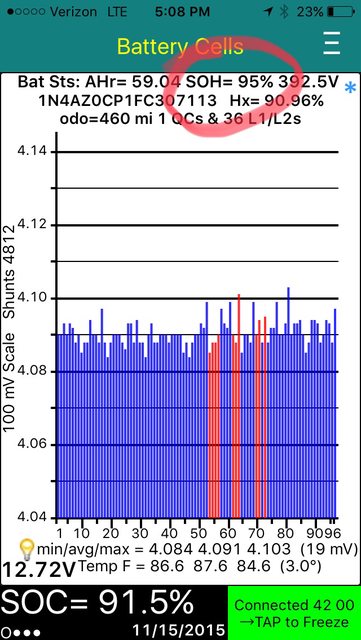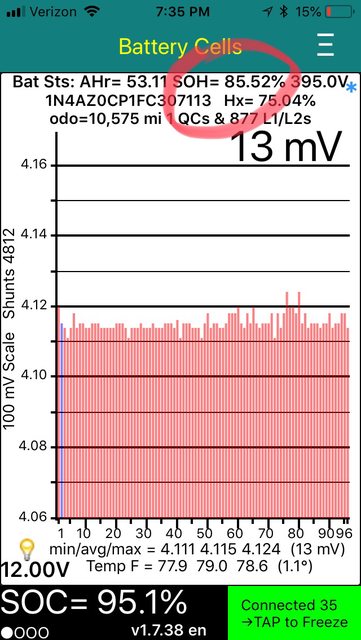cherylrowe
Member
- Joined
- Feb 21, 2020
- Messages
- 10
Removed for privacy



I'm curious who you had install a 30kwh battery in an '11 Leaf, I can't believe it was Nissan.....cherylrowe said:I have a 2011 that's always been a CA car. Replaced the battery pack in January 2018 when the capacity was at 7 bars and range was averaging 55-60 since my daily commute is 50. Assume it was the lizard pack installed in 2018. Now two years later I'm still at 12 bars capacity by my range is dropping heavily. The guess-o-meter actually showed 65 at 100% charge when I got in this morning. Got to work 25 miles later and had 62 from hypermiling. The range has started anywhere from 65-95 over the past month but it was as high as 110 when new. It's dropping faster when I drive and I'm a conservative driver. Got home with 14 miles left one day after less than 60 miles of driving. No climate control running, just the radio and I live in one of the most temperate climates in the world so it's not weather related.
Had the local Nissan dealer do basic and advanced battery testing and they're showing no issues. Any thoughts on what might be happening? I bought the new battery knowing it would take me 4-5 years of driving to recoup the cost but now I'm wondering if I can make it that long given how fast it's dropping and my commute.
Cell #17 is still lagging by 14mV and has not been brought up by balancing. It is causing the overall and average voltage to be held down, and this is why it indicates only 92% SOC instead of something closer to 100%.
I am curious to see if the 90% SOH rule holds on our second Leaf, as we are already experienced drivers. My guess is that I will start to feel it below 95% this time.
Enter your email address to join: